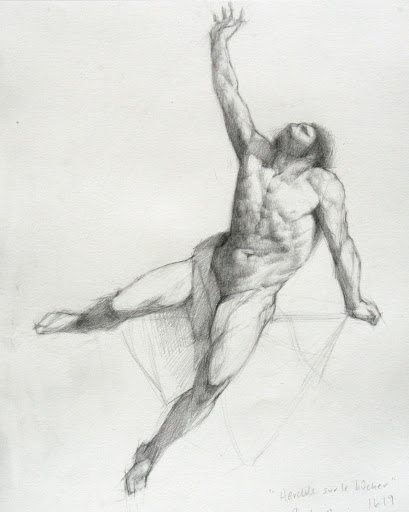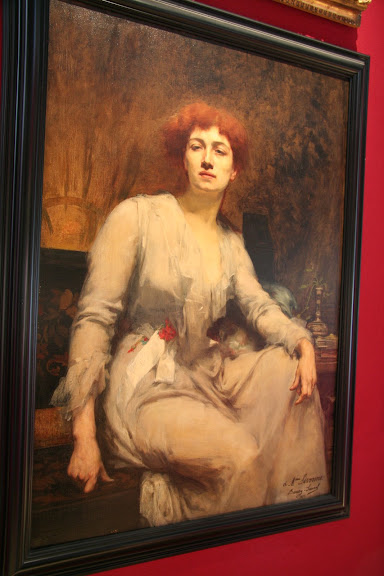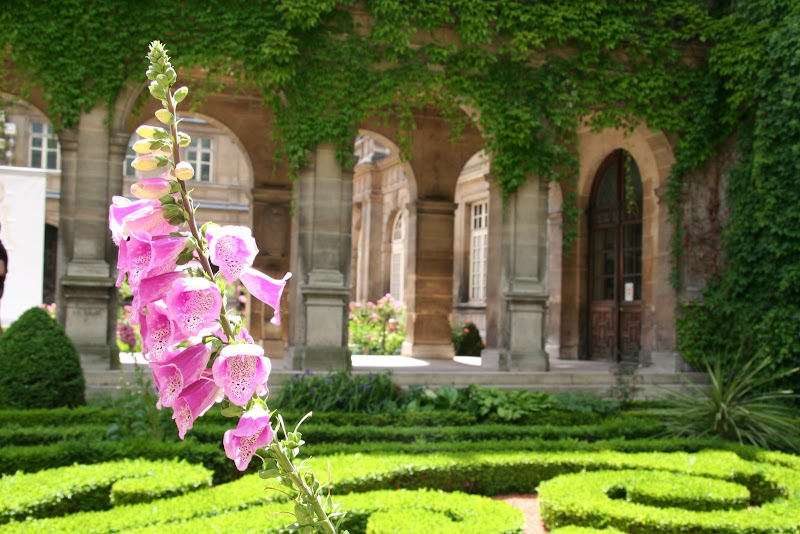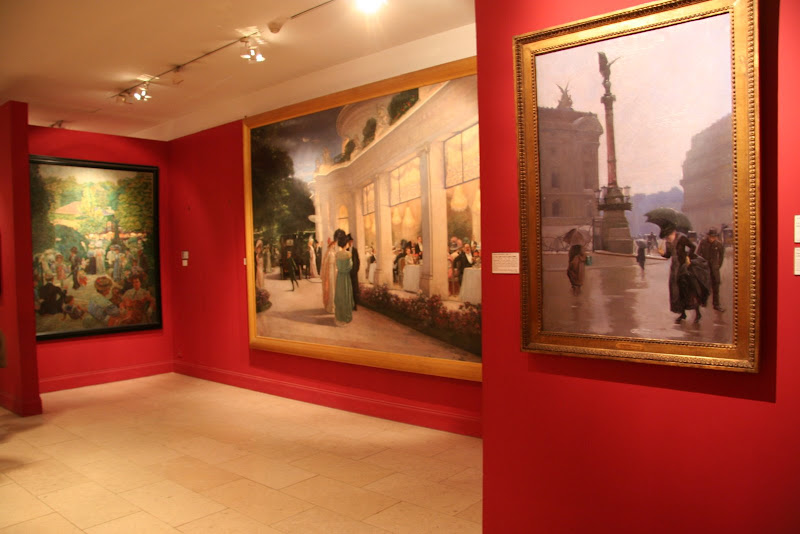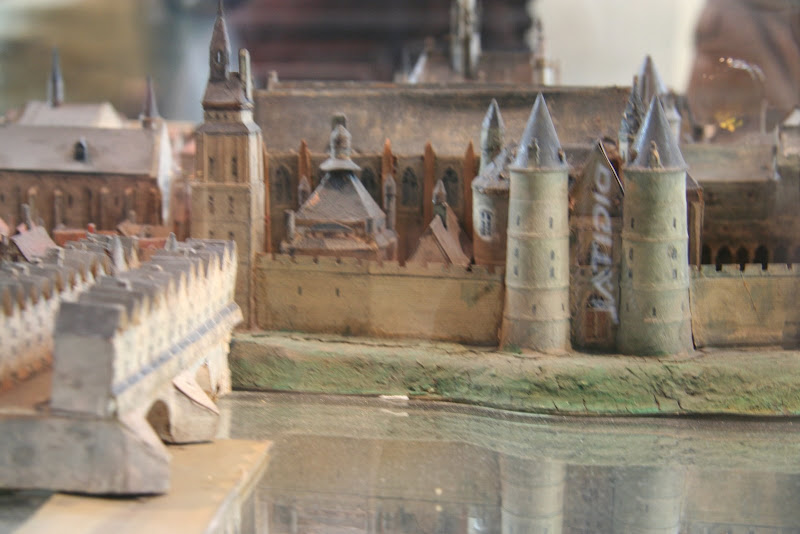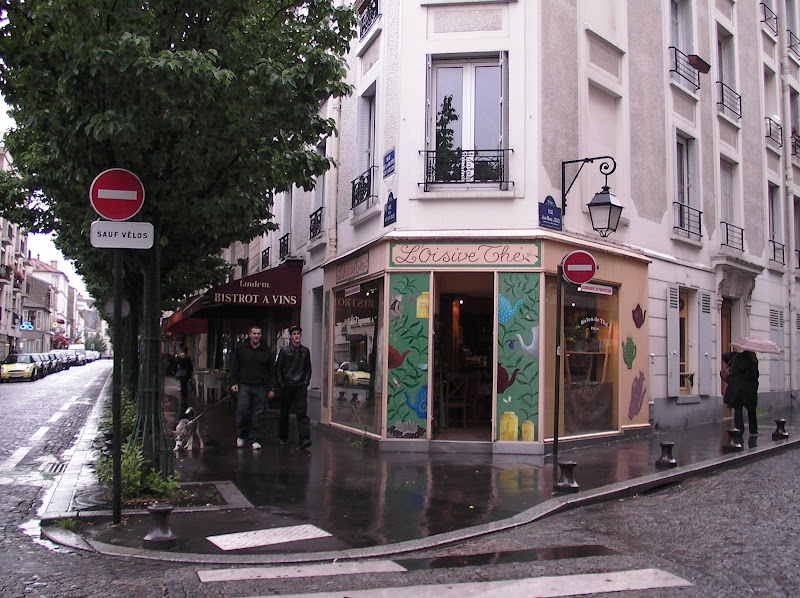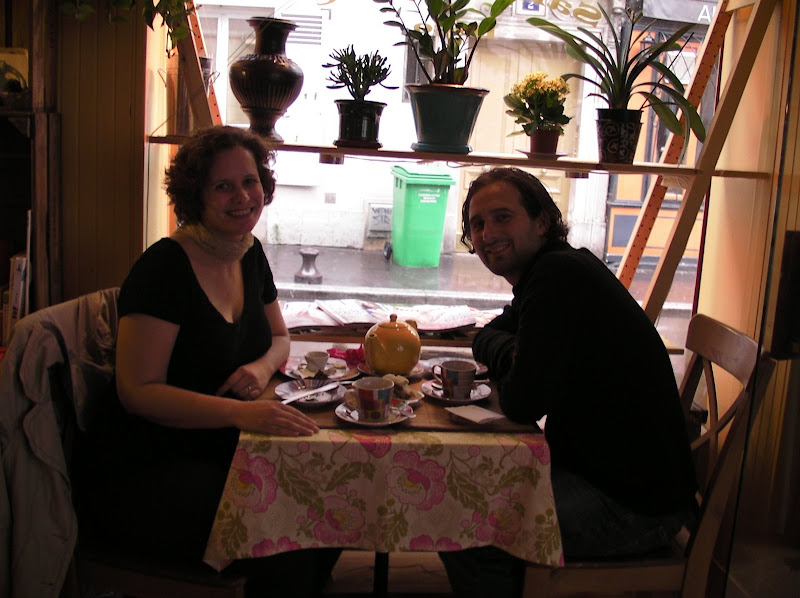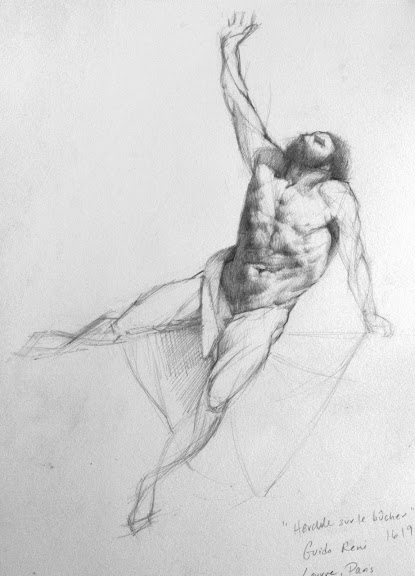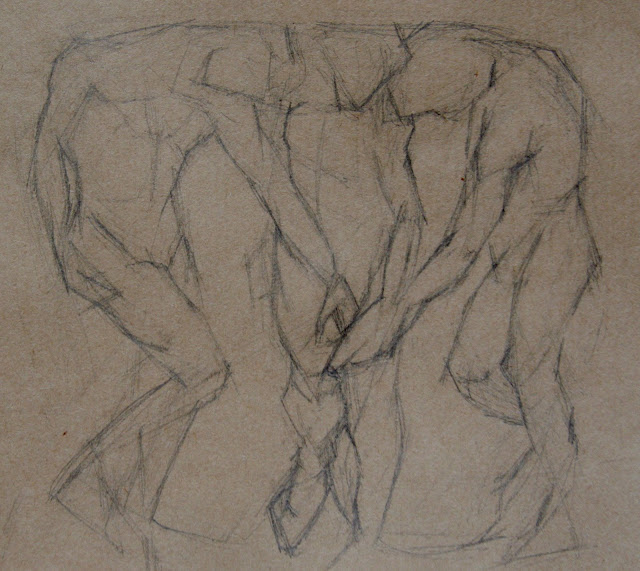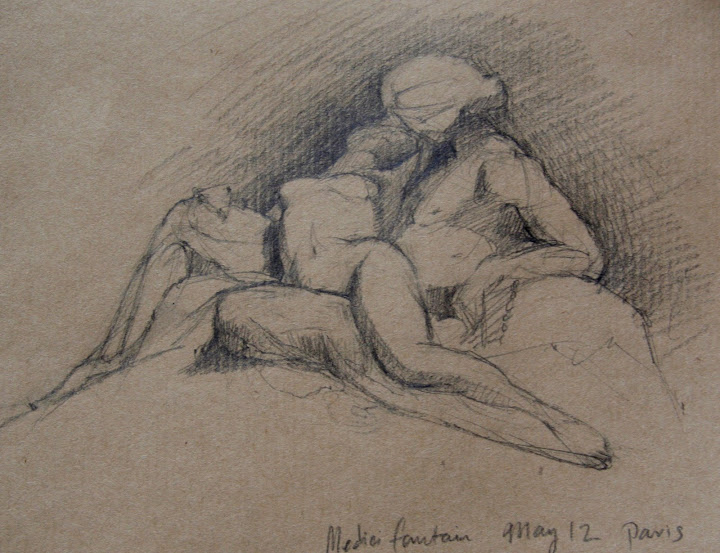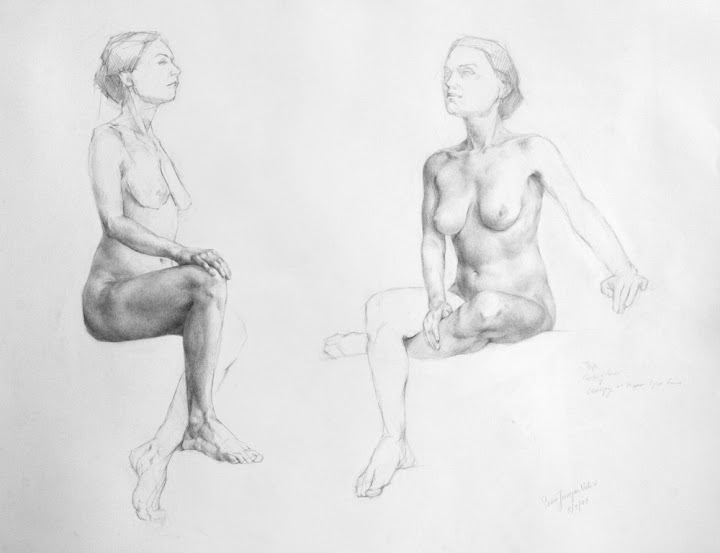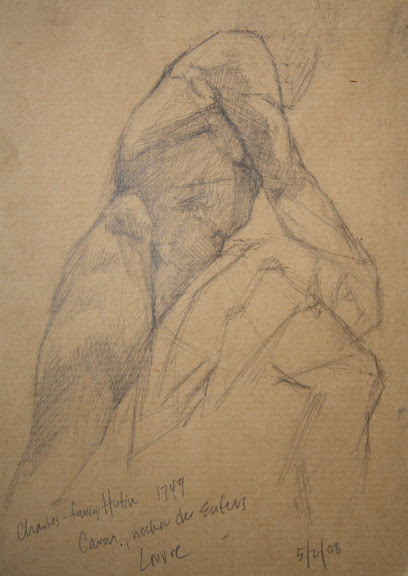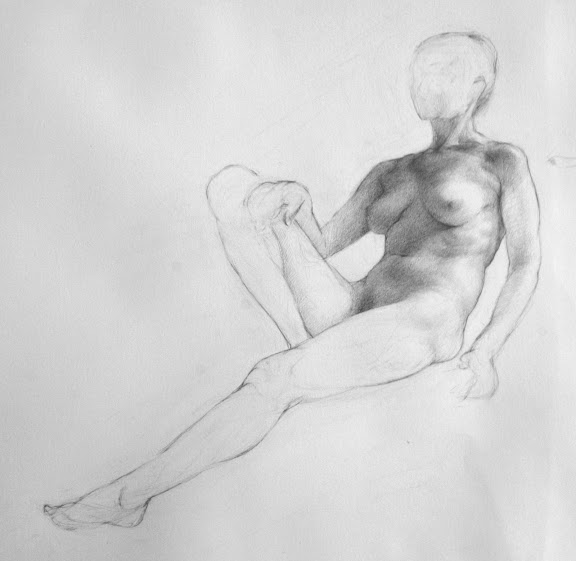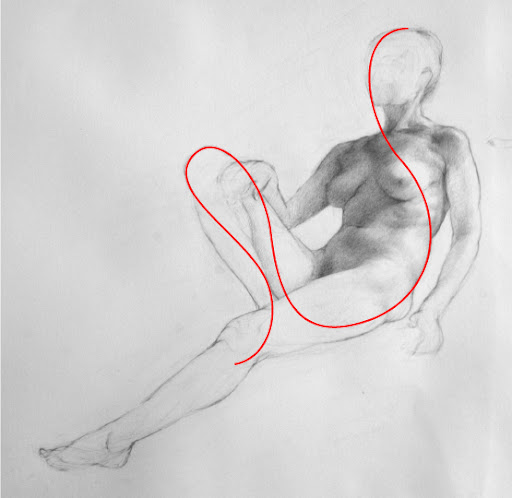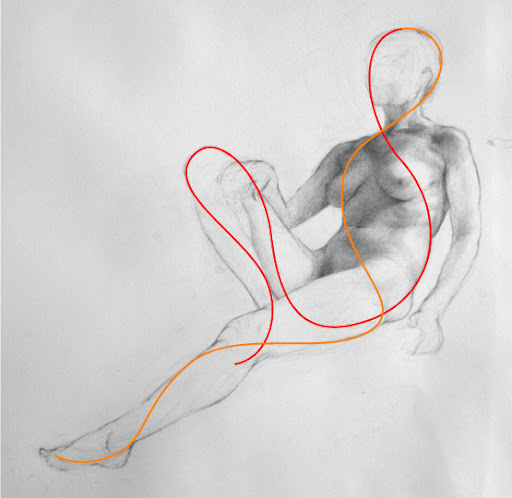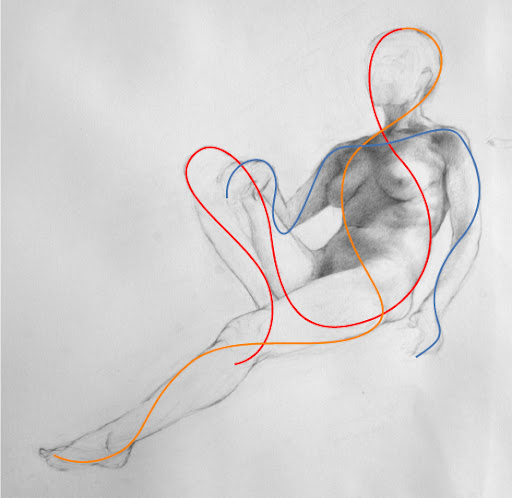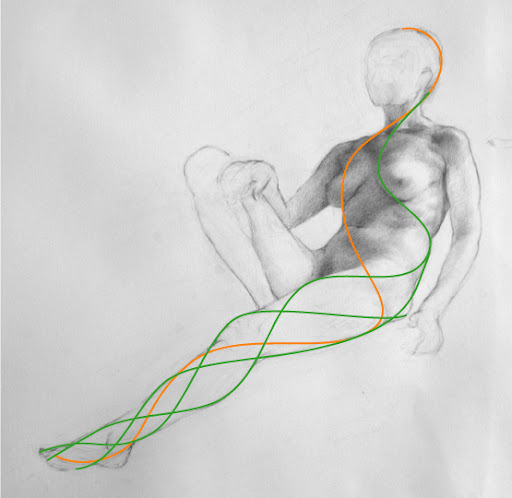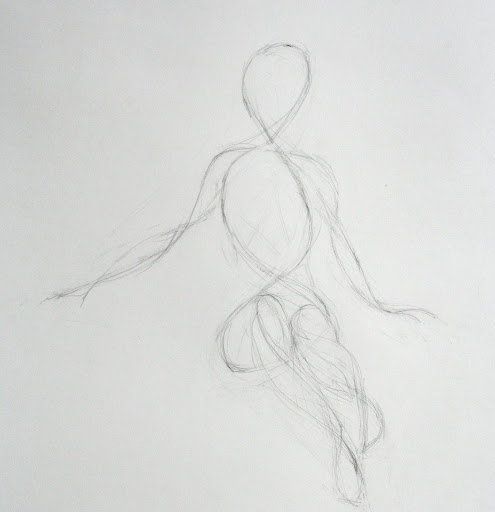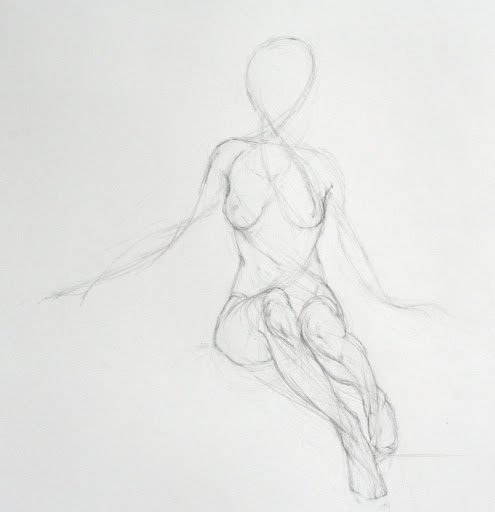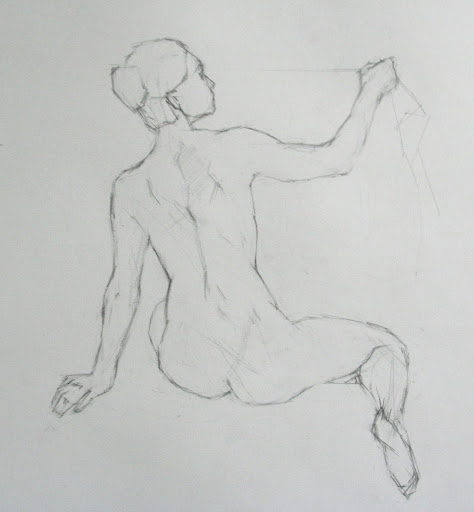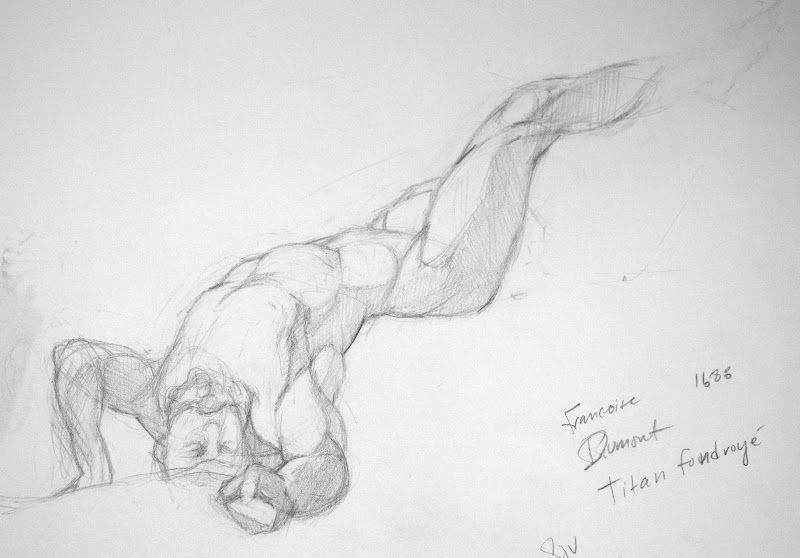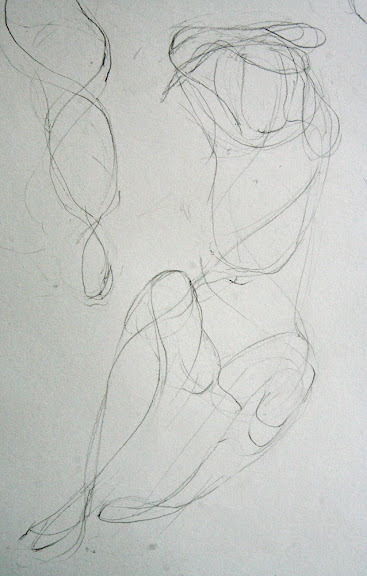oil on panel
(work in progress)
This is just a cropped detail of a larger painting I am working on right now - so far 26 hours and counting. My good camera is broken so I've had to photograph the stages with my inferior "point-n-shoot", but the good camera is being fixed soon so when the painting is done and the camera is fixed (whichever comes later) I'll post the final painting and all the stages.
I decided that posting frequently was making me feel like I had to complete something "postable" every few days. Sometimes a little pressure is good, but sometimes it makes me rush my process. So I'll be posting less frequently, but when I do I'll have something substantial to show, and I'll still publish all the process photos.
In the meantime, here are some thoughts I've had rattling around my head about realist art - or maybe it applies to non-representational/abstract art as well:
When we look at a painting we are confronting a situation of real/not real. Our minds flutter between these two paradoxical concepts embodied simultaneously. This flutter quickens to a thrum, and it is in this space, the simultaneous holding of the paradox, that our beingness is felt.
When we create, we are experiencing beingness – the loss of awareness of self, the loss of awareness of past and future. Nothing but the present moment exists, a true experience of reality. This state is difficult to enter, but in recording it an artist shares the experience. Looking at a painting we get a glimpse of this state of being.
The act of painting elevates the subject. Mundane objects are infused with an epic, monumental quality. Like a scent that fills us with longing for a certain afternoon years ago, a memory, the shadow of reality, can often strike us more deeply than the original. Paintings are the shadow of reality, the record of a memory. Through painting we reveal a depth of reality in the moment that can touch us more deeply than the subject itself.



